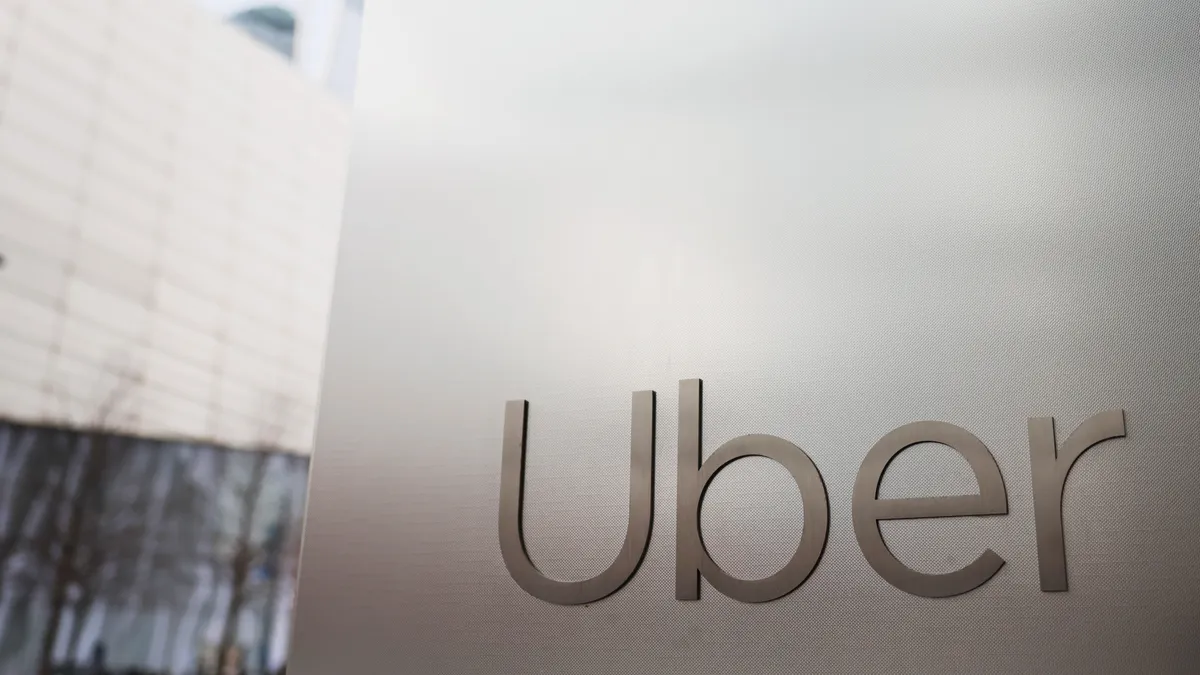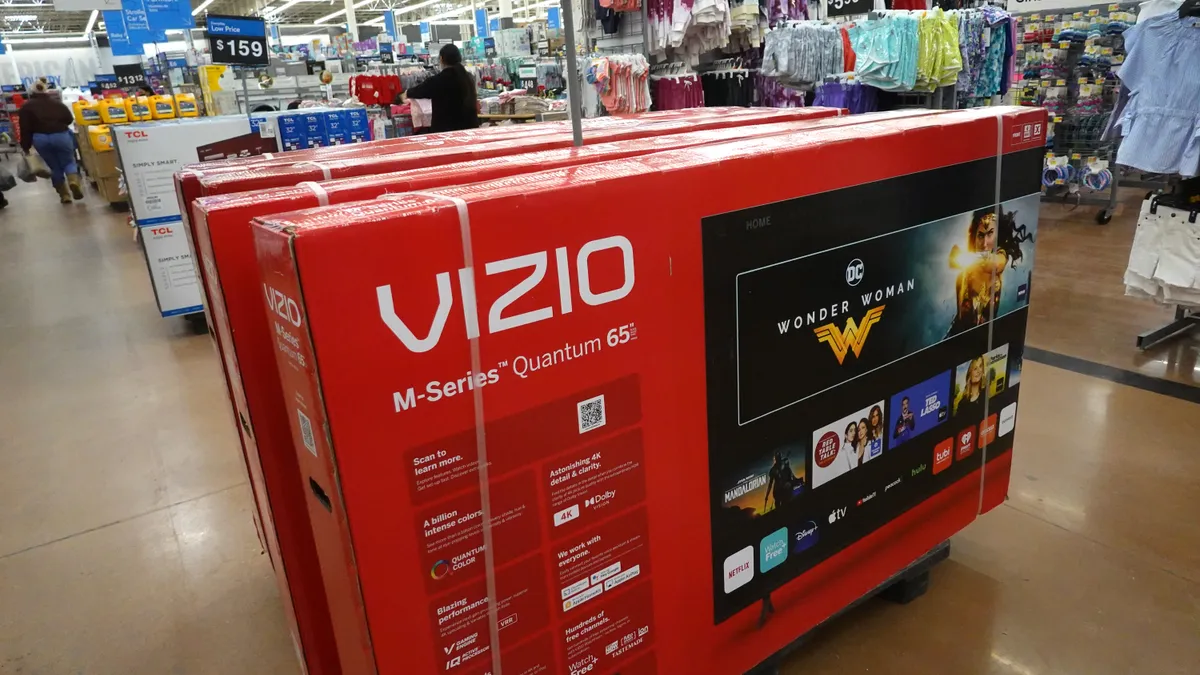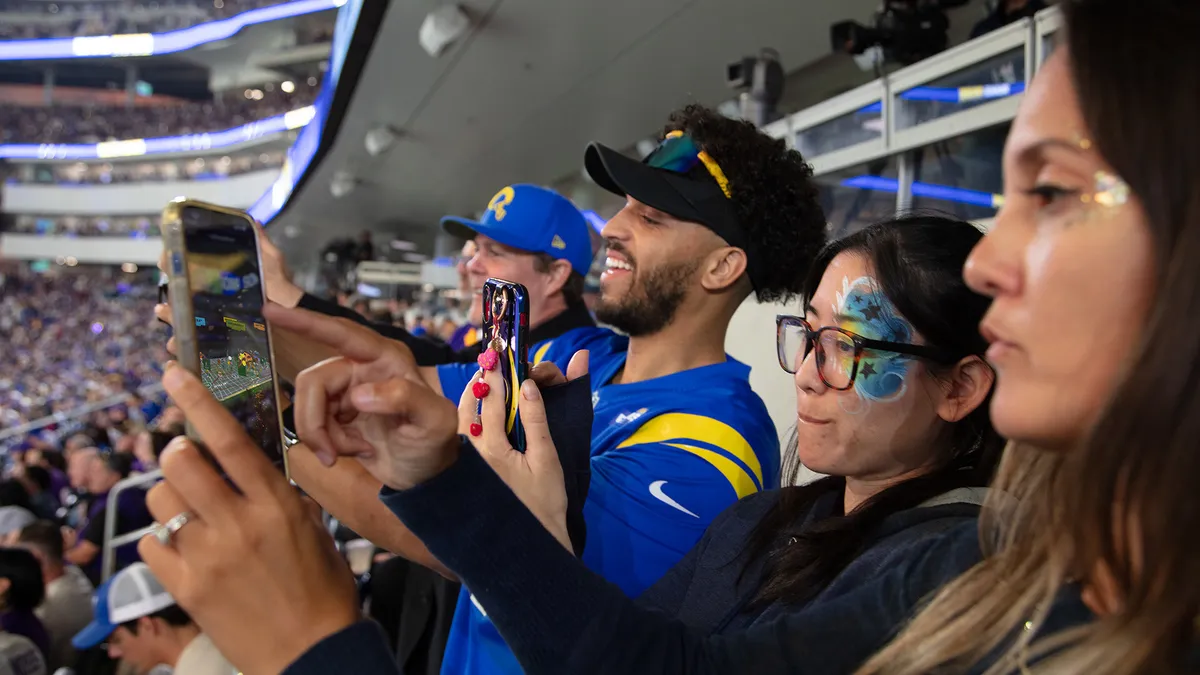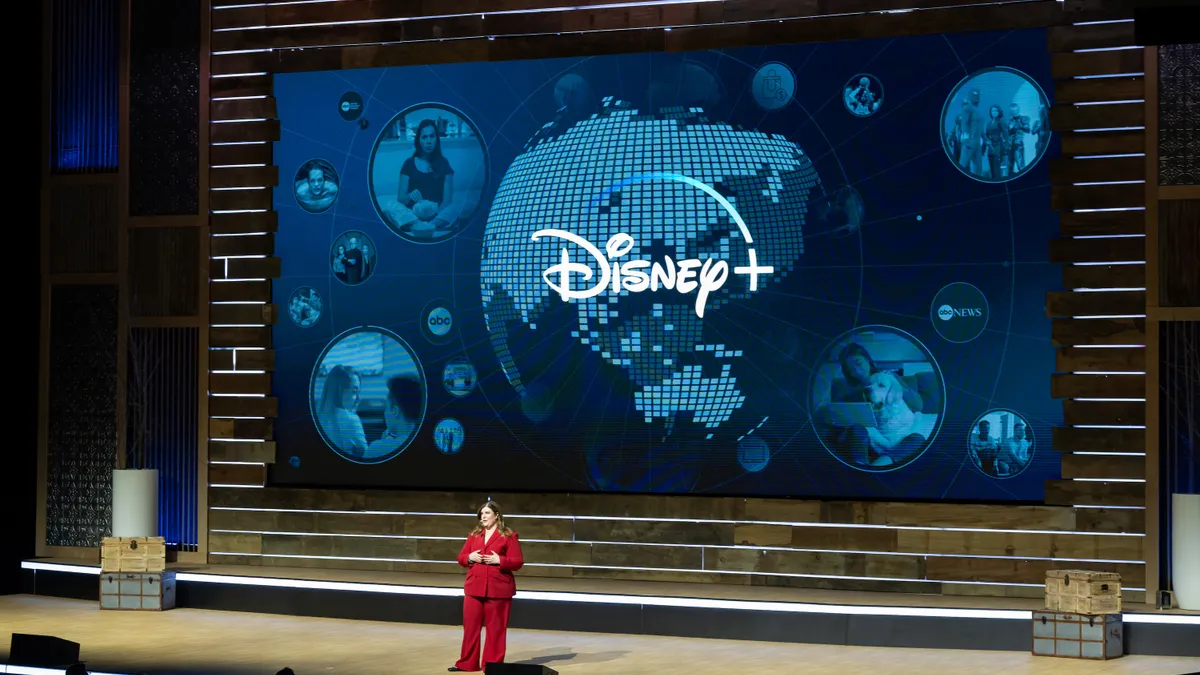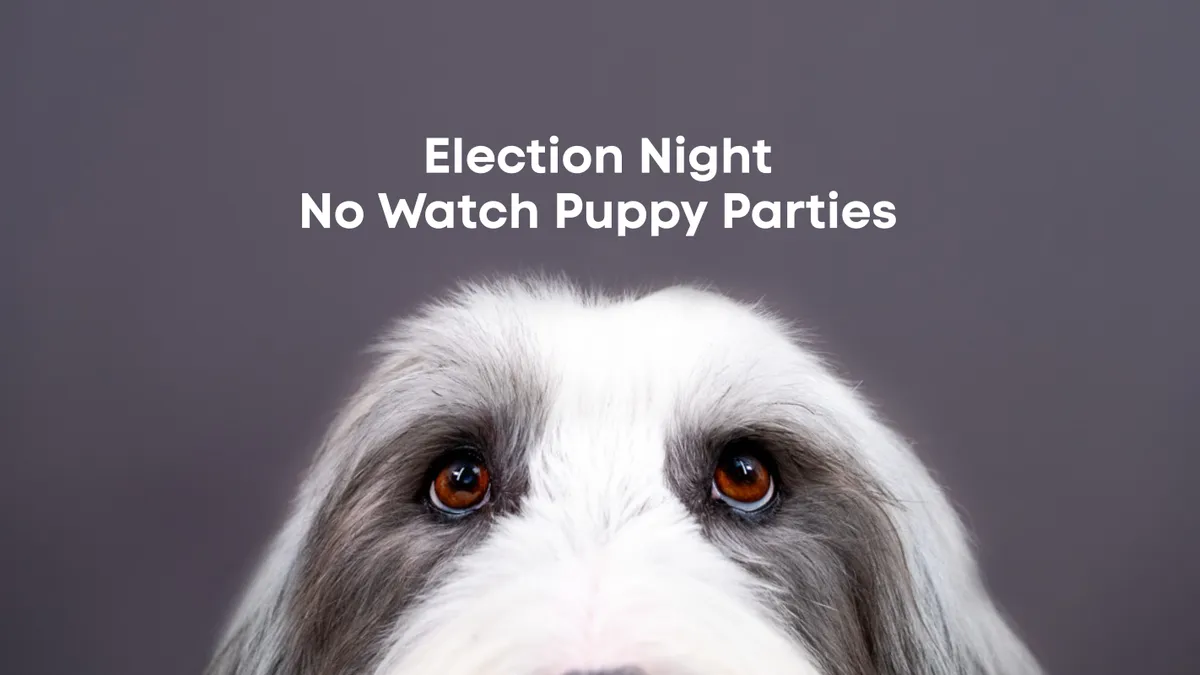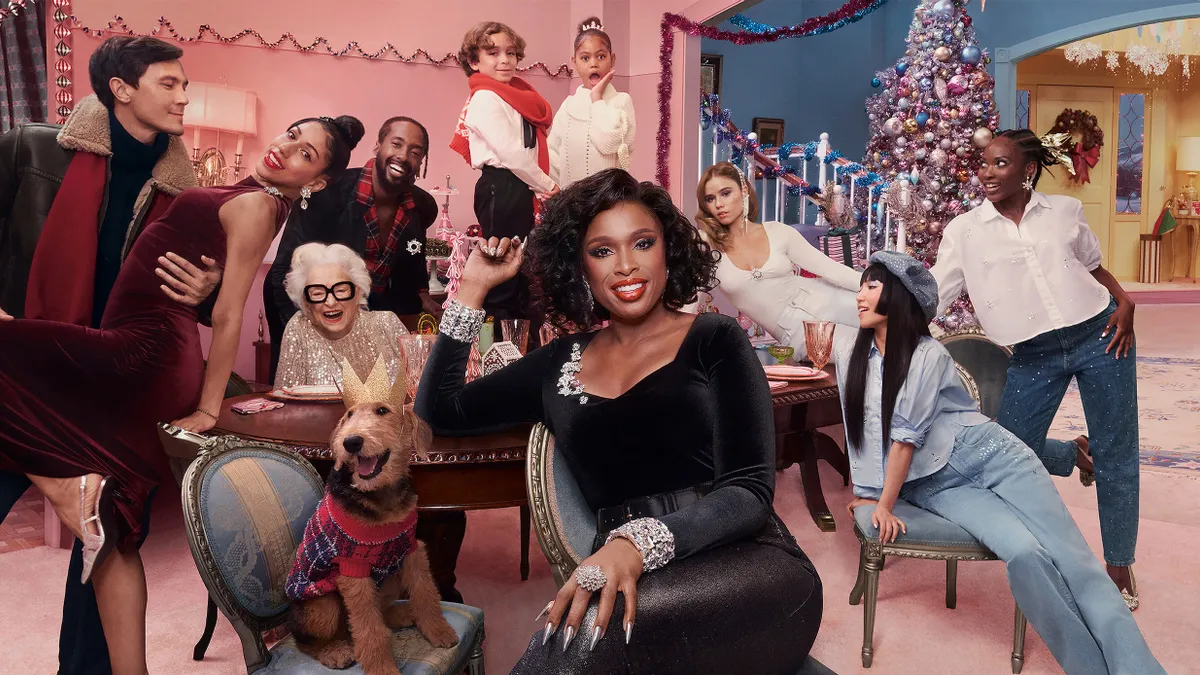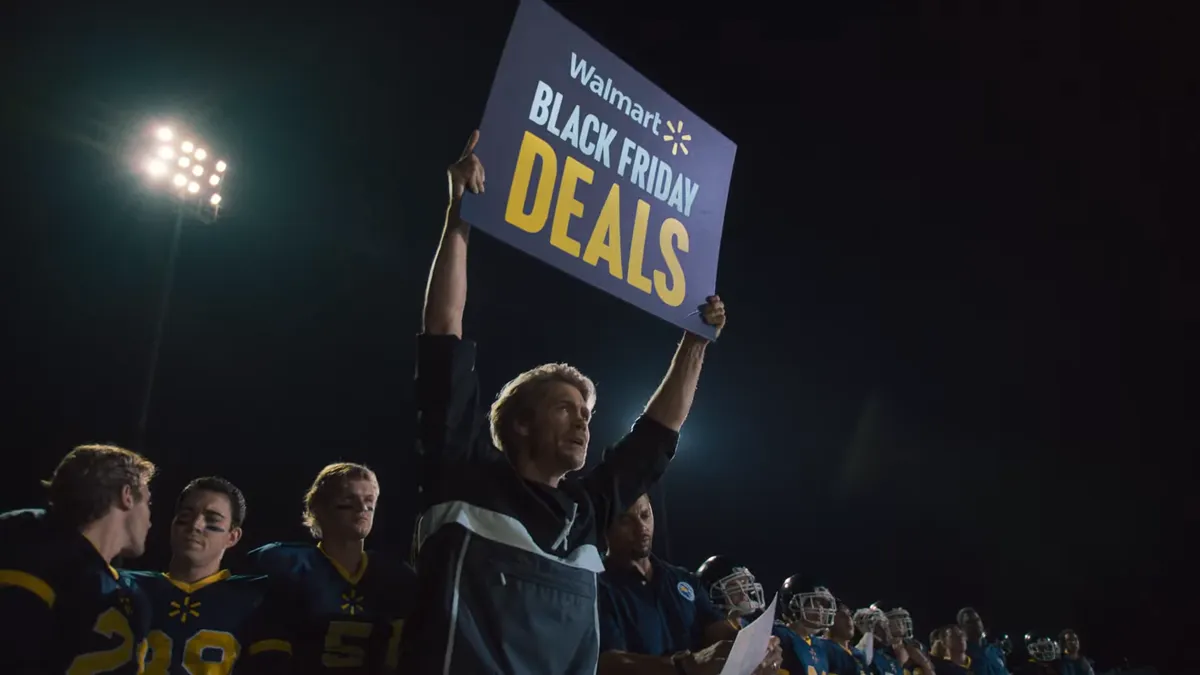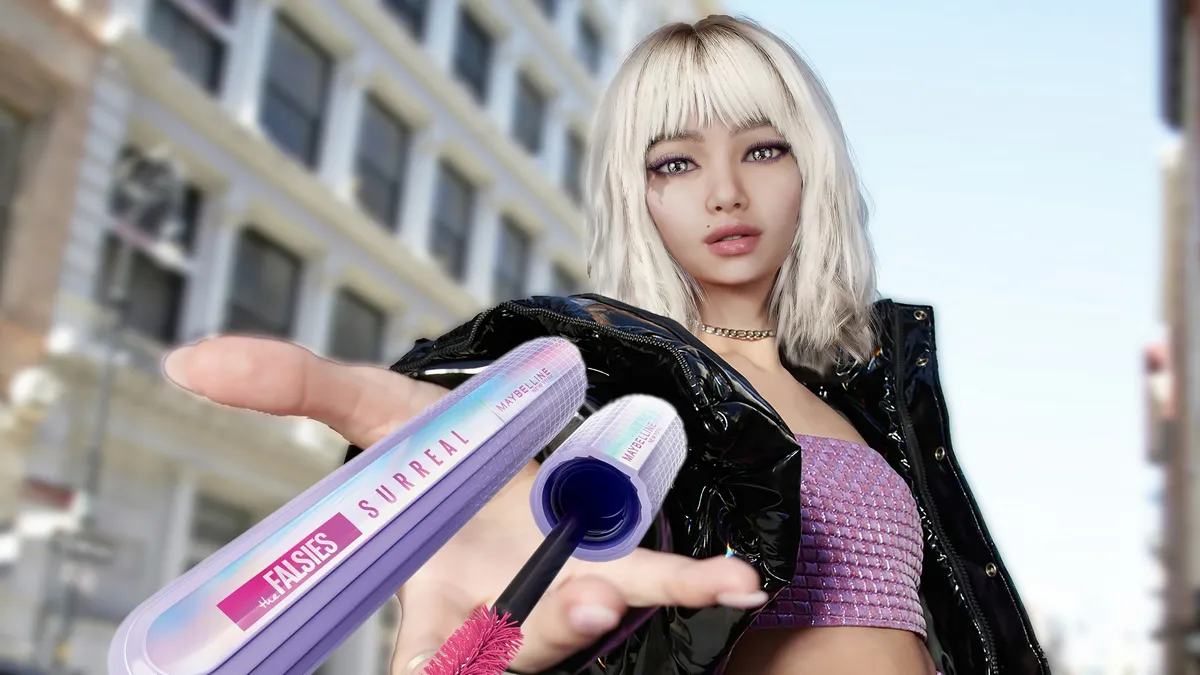Despite TikTok’s unwavering popularity over the past few years, it wasn’t until last summer that Uber adopted the buzzy platform. The rideshare company planned its entrance strategically, hiring its first TikTok-dedicated team member, Phil Rosario, months before activating. The exec quickly went to work developing a playbook designed not only to help the brand tap into the platform’s vast audience, but to establish a sense of community around some of life’s more relatable moments, whether it’s ordering takeout or finding a ride home.
“One of the reasons it was really important for Uber to get on [TikTok] was not only to join the cultural conversation, but to engage with audiences in the way that is unique to TikTok and build this community behind this relatable experience that people have using Uber products,” said Rosario, Uber’s global social media lead for TikTok.
Following its TikTok debut last May, Uber within a year gained over 750,000 followers and more than 35 million organic video views, gains that Rosario attributes to a fine-tuned creator strategy built with help from creator management platform Grin. The two teamed last September — at which time Uber had achieved over 400,000 TikTok followers while Rosario was handling content creation alone — allowing the exec to pursue new talent and nearly triple the amount of content produced. In addition to Uber, Grin has worked with brands Skims, Liquid I.V. and Macy’s, among others.
“My goal was really to start introducing some new faces, but I knew that I had to find a really efficient way to do that when working with creators since I’m the only person dedicated to TikTok at Uber,” Rosario said. “I ended up working with Grin three months later, and after just one month of using Grin, was able to introduce five new faces onto the account and have since introduced more than that.”
Today, Uber’s TikTok touts nearly 1 million followers and the channel, which features an assortment of both brand-contributed and creator-made content, holistically promotes its full business suite, including its core rideshare service and offshoot food delivery company, UberEats. To keep a firm pulse on content, Rosario only works with up to six creators at any given time, he said, which helps maintain the relationship between himself and those he teams with.
“It's really important to make sure these creators are getting as much attention from me as I'm getting from them,” Rosario said. “And I really like it to feel like an ongoing partnership.”
Using a creator management platform has been fundamental to establishing strong creator ties, Rosario explained. For example, the functionality of Grin — which allows the exec to send information or payments through one platform — helps alleviate the need for an agency as the middleman, which can sometimes blur the connection between brands and talent.
“Having an all-in-one platform and process where I already have these ongoing relationships and conversations with creators allows me to quickly turn around content, sometimes in less than 24 hours, because there isn't that middle person that has multiple stakeholders involved and multiple rounds of review before it even gets to myself,”
Striking a match
Behind Uber’s TikTok creator strategy is a selective process around which creators Rosario chooses to work with. For instance, creators selected should already have existing content around Uber or UberEats or have shared content that aligns with the lifestyle being promoted by the brand, the exec detailed. Diversity, both in demographic and in tone, is a top priority.
“What Phil has done that I think is really smart, and this is what thrives on TikTok, is he has created this community of warm, colorful characters that people naturally want to engage with and return to,” said Ali Fazal, vice president of marketing for Grin.
To channel a more diverse tone, Rosario seeks out creators who succeed with various types of content formats and styles, and those who have a proven ability to create strong evergreen posts, to ensure the brand isn’t only leaning into trend content. In that regard, the exec often looks beyond vanity metrics, like follower count — a metric that often favors creators who aren’t diverse, Fazal added — to prioritize creative output. Follower count is also less relevant given that creator content produced for Uber is only shared on the brand’s channel, not the creator’s.
“It's seeing that their content has that potential to really help tell the Uber story in a powerful way and being able to sort of see beyond just those numbers,” Rosario said.
Creators who are excited about building a long-term partnership are also key, Rosario said, noting that such relationships can help to identify strong content opportunities. For example, the brand in April extended a long-running partnership with one of TikTok’s Effect House creators, Laura Gouillon, to make a custom effect for Uber, a quiz dubbed “Which Uber ride are you,” that promotes the company’s services by quizzing users on their preferences. In total, the effect generated over 2,000 user-generated posts.
More broadly, positive sentiment by consumers around the brand’s TikTok presence has only grown over time as people engage with the brand’s content, Rosario said, adding that the success has been seen from a qualitative standpoint. On the side of the creator, efforts by Uber to establish a smooth partnership experience are key to ensuring that the brand is positively regarded by talent down the line, Fazal added.
“In the same way that for a company, or employer, brand, what employees write about you on Glassdoor really impacts your ability to acquire new talent, I would say it’s the same for the creator experience,” Fazal said.



